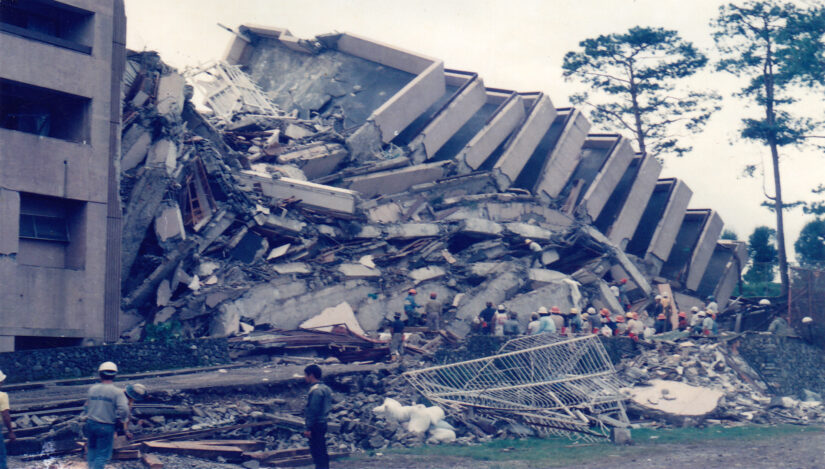In the Philippines, the prospect of ‘The Big One’—a massive earthquake capable of reshaping the landscape and causing unprecedented devastation—looms large in our collective consciousness. As experts warn that such a disaster could occur within our lifetimes, the question is: are we truly prepared?
Understanding the Threat
The Philippines sits on the Pacific Ring of Fire, making it highly susceptible to seismic activity. The West Valley Fault, a central fault line running through Metro Manila, is particularly concerning. Experts estimate that a magnitude 7.2 earthquake could strike this fault at any time, potentially causing catastrophic damage to infrastructure and claiming countless lives.
The State of Readiness
Despite numerous warnings and preparedness campaigns, the state of readiness remains alarmingly uneven. Some areas have made commendable strides in disaster preparedness—conducting regular drills, improving building codes, and investing in resilient infrastructure. However, there is a significant disparity in readiness across different regions, mainly urban and rural areas.
For instance, Metro Manila has seen improvements in earthquake preparedness with stricter building codes and infrastructure upgrades. Yet, the sheer scale of the potential disaster means that even the best-prepared cities could work hard to cope. In rural areas, where resources are scarcer, the situation is often far more dire, with less robust infrastructure and limited access to disaster education.
Challenges in Preparedness
One of the biggest challenges is the sheer scale of the task. Preparing for ‘The Big One’ requires robust infrastructure, a well-coordinated response system, public education, and community resilience. While national and local governments have made efforts, more coordination and resource allocation are still needed.
.
Additionally, there is a critical need for continuous public education. Many people still need to be made aware of the magnitude of the threat or are unaware of basic earthquake preparedness measures. Increasing public awareness and ensuring that everyone—from government officials to ordinary citizens—is equipped with the knowledge and tools to respond is essential.
Building a Culture of Preparedness
A cultural shift is needed to bridge the preparedness gap. Preparing for ‘The Big One’ should be ingrained in our daily lives and not relegated to emergency drills or occasional awareness campaigns. Schools, businesses, and local communities must integrate disaster preparedness into their routines, making it a fundamental part of living and working.
Investing in resilient infrastructure is also crucial. Building earthquake-resistant structures and retrofitting old ones can mitigate damage and save lives. However, this investment must be balanced with efforts to ensure that all communities, regardless of their location or economic status, are equally prepared.
The Role of Technology and Innovation
Technology and innovation play a vital role in preparedness. Advances in earthquake prediction, early warning systems, and real-time data can enhance our ability to respond effectively. For instance, the National Disaster Risk Reduction and Management Council (NDRRMC) has been improving early warning systems and communication channels, crucial for timely evacuations and disaster response.
A Call to Action
Preparing for ‘The Big One’ is a collective responsibility, requiring a concerted effort from the government, the private sector, and individuals. We must invest in infrastructure and technology and foster a culture of preparedness permeating every level of society.
As we move forward, let us remember that while we may not be able to predict when ‘The Big One’ will strike, we can take concrete steps to ensure that we are as ready as possible. By working together and embracing a proactive approach to disaster preparedness, we can mitigate the impact of such a devastating event and safeguard the future of our nation.


